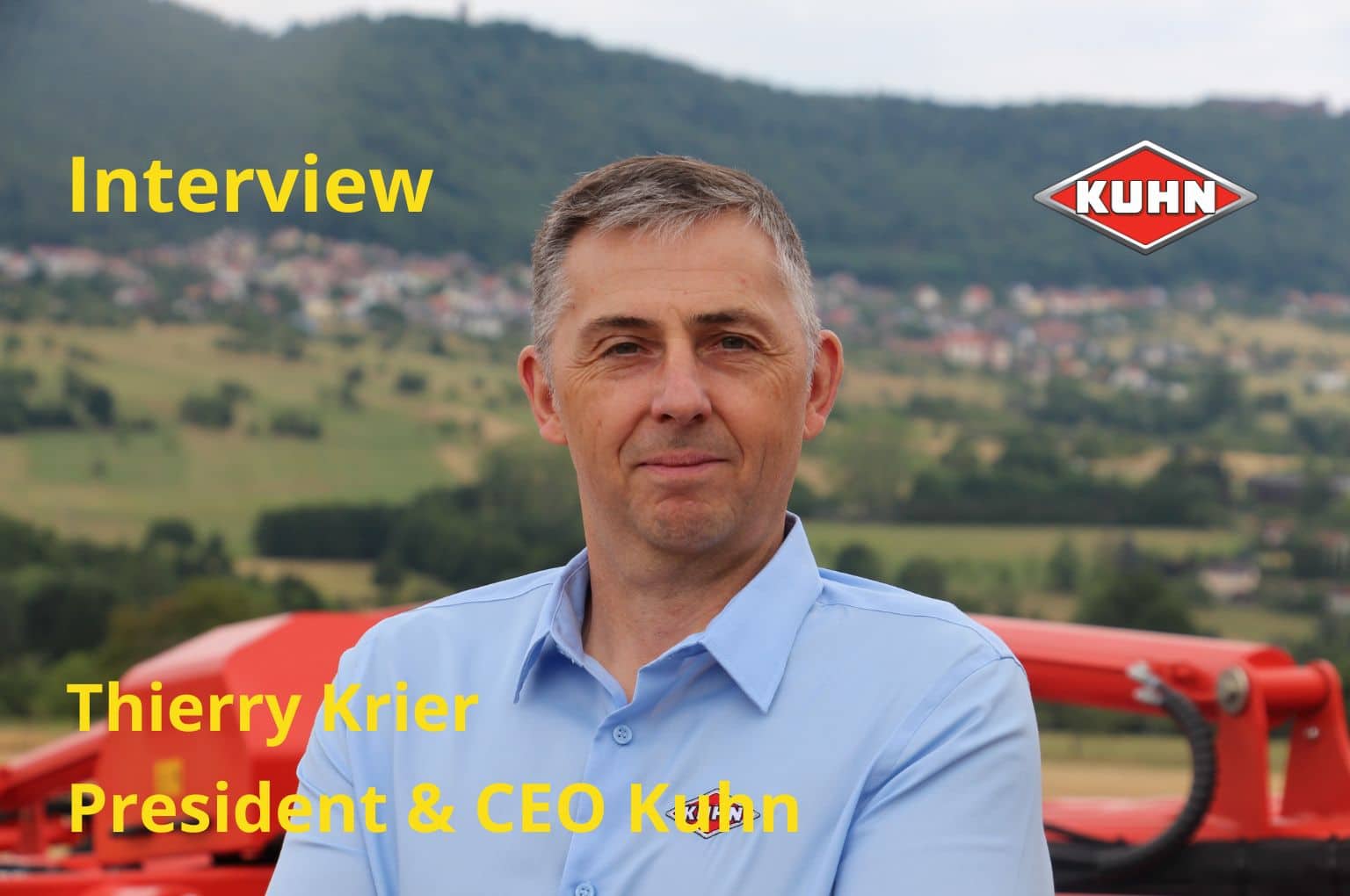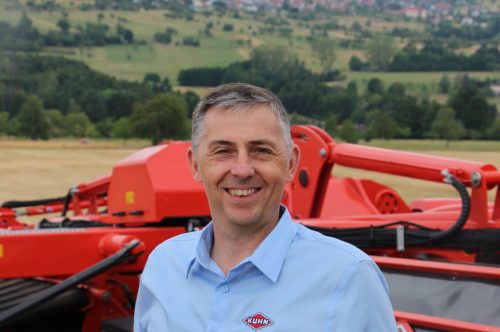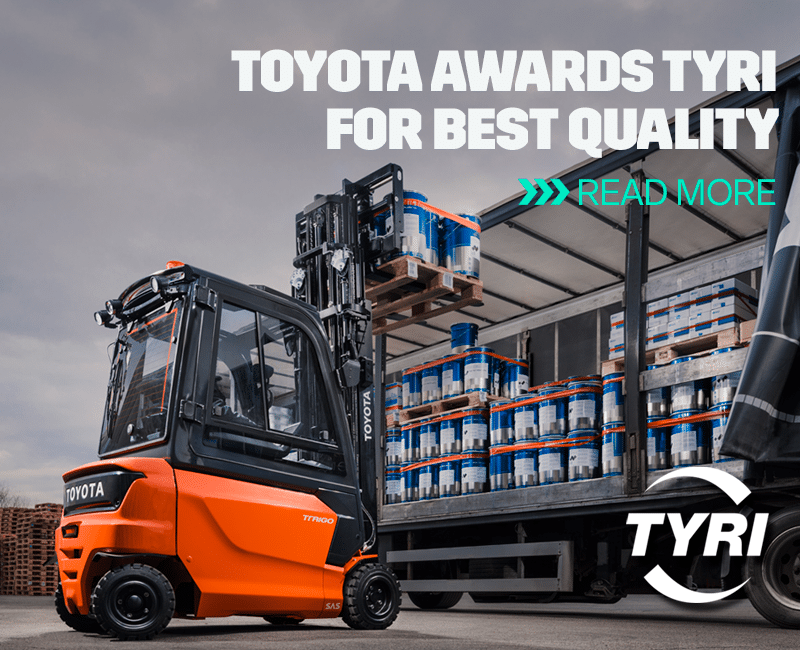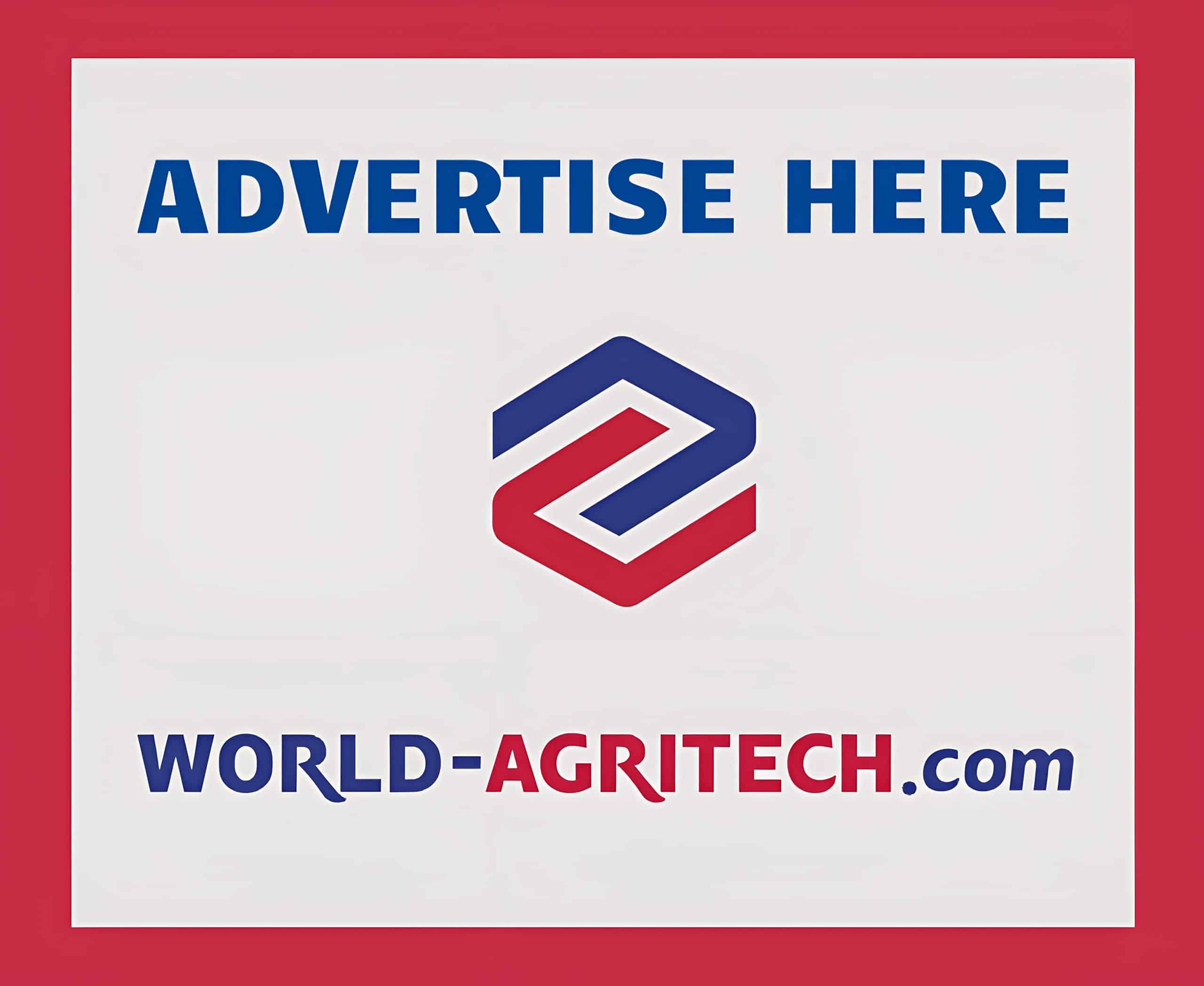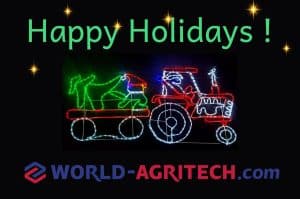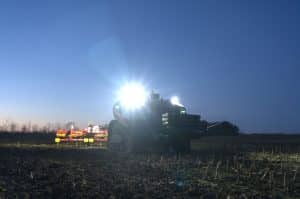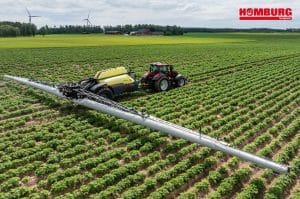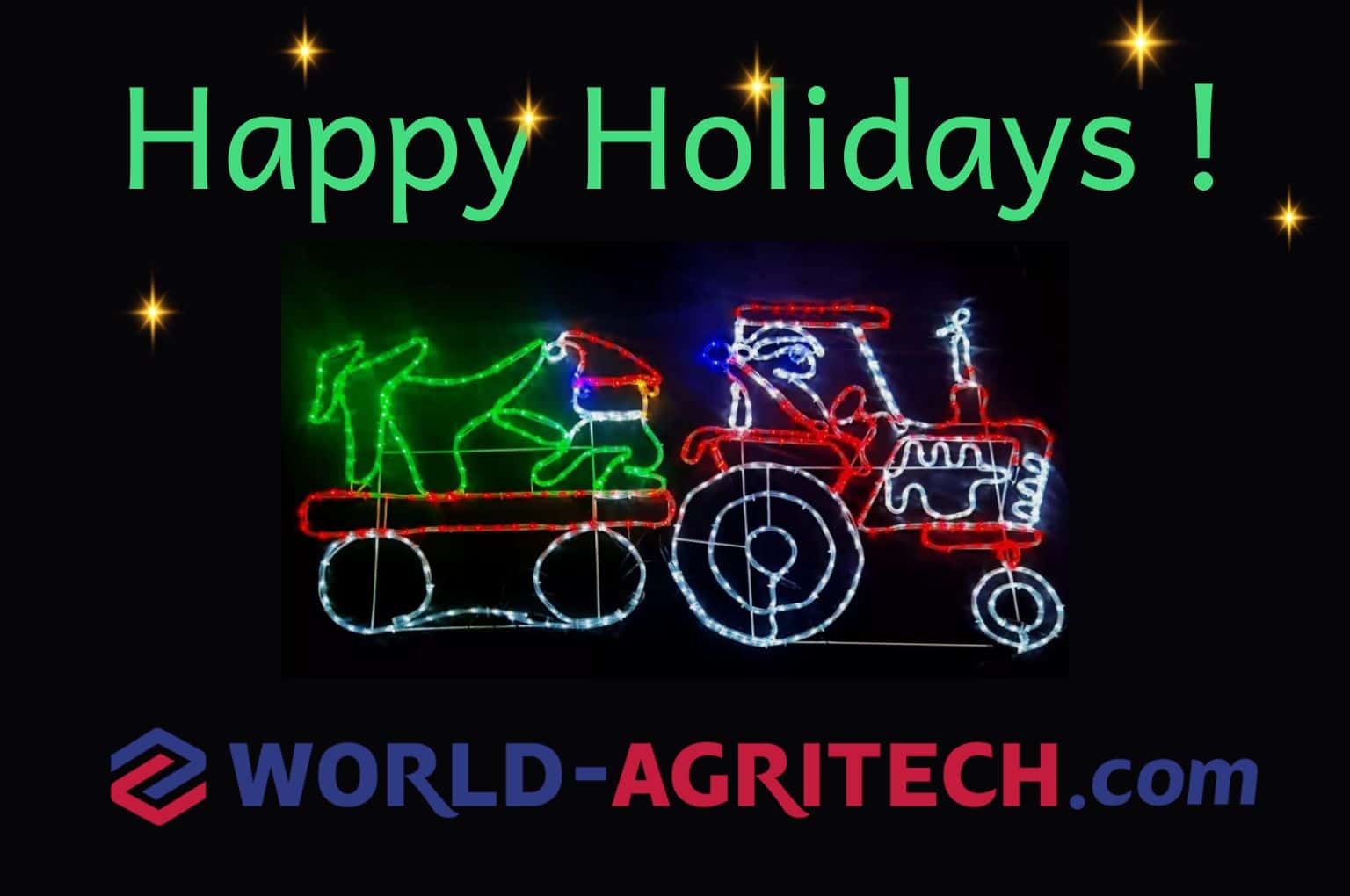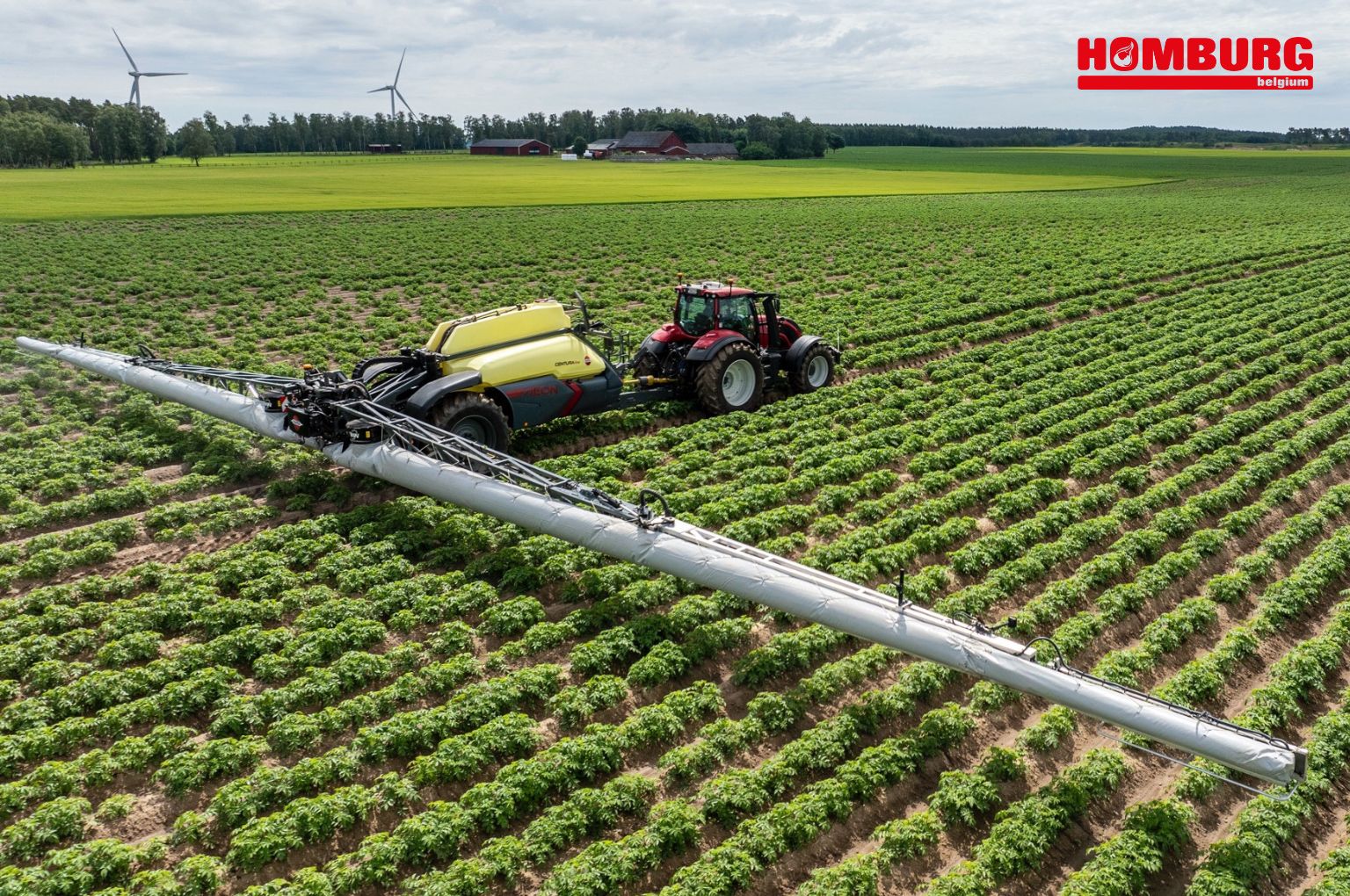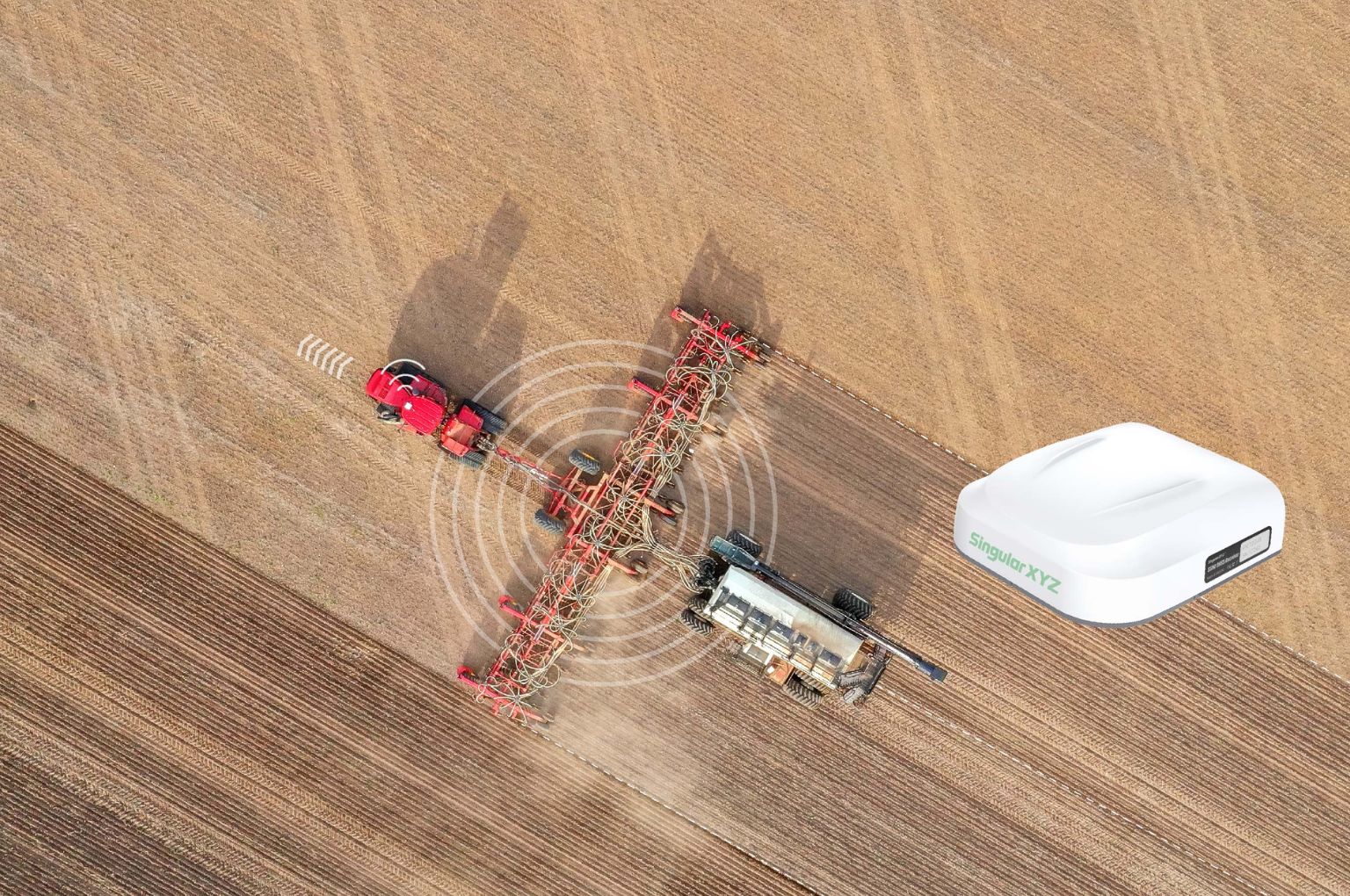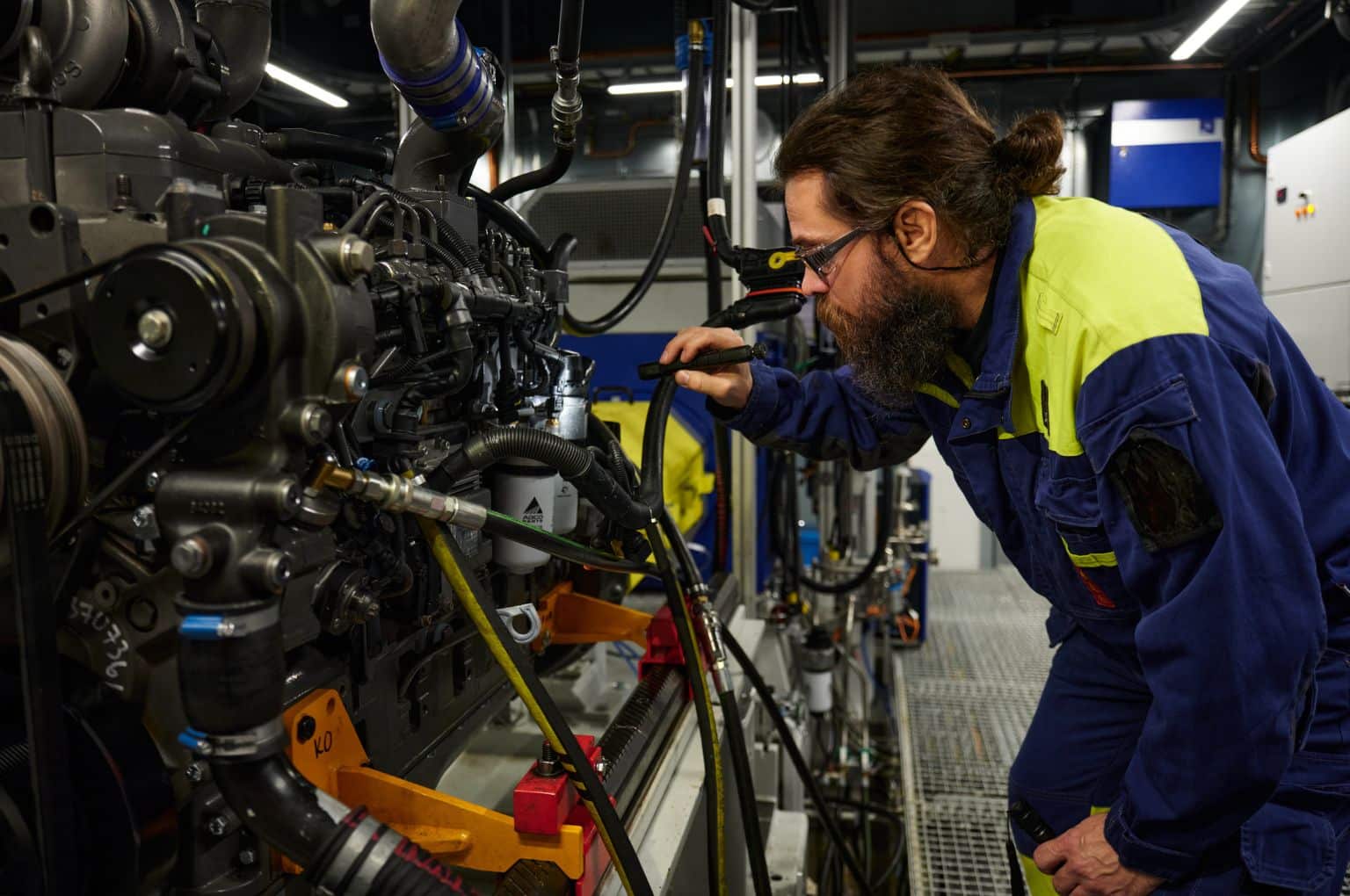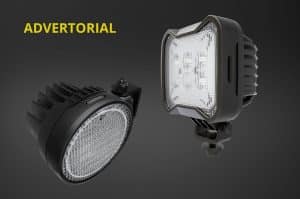The ag machinery industry is facing turbulent times. “Yet we are in control”, says Thierry Krier, President and CEO of the Kuhn Group in France. “And fully prepared for the future, with a clear focus on the development of XL and XXL farms. That’s the segment in which we see the most change for the long-run, and potential. We don’t provoke the change to bigger farms. It is clearly there, and we respond to the change.”
By Ad Bal
“Welcome to a VUCA world”, says Thierry Krier. VUCA stands for Volatility, Uncertainty, Complexity and Ambiguity, all factors that impact more and more the global economy and ag machinery market. “We saw the market cooling down when it had raised to record high volumes in 2022 / early 2023. We noticed that trend pretty early, since we have a very good inventory management system across the world. We could see the change and decided to slow down our output in the spring of 2023. That turned out well. We worked proactively and reacted quickly.
Different than many other large manufacturers, including tractors makers. These had incredibly long lead times and they kept producing and shipping… Then the demand stopped and inventories stopped turning, creating financial troubles. At Kuhn, we had 1.5 billion Euros in sales in 2023 and lost 300 million in 2024; we adjusted our production volumes without short time work in our factories. For this year, I expect about the same sales volume.
The market is not in an upswing growth yet, but it seems to be climbing out of recession very timidly. Customers are finally restocking a bit. That doesn’t mean that our current business is better. The only positive sector in farm equipment is livestock, with a high milk price boosting the business. With all the other sectors we are still more or less in a recession. “
U.S. farmers pay the bill
“About 20 percent-plus of Kuhn’s business is in North America”, Krier proceeds. “This comes from both local production in the U.S. and also imported equipment, mainly from Europe. With the current Trump administration in office we are facing high import tariffs, which are affecting everybody, including US manufacturers who are paying a lot more for all the components they import. Tariffs are not directly paid by the European producers, they are paid by the US importers as goods enter the country and at the end, U.S. farmers will pay the bill.
It is very difficult for any manufacturer to manage its business in such a situation. Because from one year to the next, we still need to have some healthy volumes to produce. Depending on the product, this will result in price increases, in full or partially, and the rest we need to absorb.
The other factor is that the U.S. market is in a bad shape at the moment. Many farmers voted for President Trump, and many appear disappointed. Margins are tight, especially in the crop production sector, and uncertainties are high. History tells us that isolation and protectionism are bad for agricultural trade. The overall situation is not good.
We have 2 facilities in the U.S., but the local demand is currently low, too low. Export from these plants is very limited and transferring production from Europe to the U.S. is difficult. Generally this would concern high tech machinery. Gearboxes and other systems for such machinery are difficult for us to make in the U.S. It would require very heavy investments. When we ship higher tech components over, we are tariffed on that. It would be too complicated and risky to reshore, so we better wait for the better. This isn’t new however. Some of these policies are old, dating back decades. The impact is massive this time, and is applied across many sectors. For now, we simply have to go through these difficult times.”
Focus on XL and XXL
“We see the change in the structure of farming everywhere”, Krier continues. “The number of farms is dropping, everywhere in the world. Farming is a difficult work to do, less people want to do it, many prefer to get out for an easier living in the urban world and do something else. Consolidation of farming is not new.
What we do is not provoking this change, but we respond to the change. I cannot say that there is an acceleration of the process, but there certainly is a continuation in the process of consolidation of farms. Larger fields, more need for increasing productivity and efficiency. Farmers want to make a good living. To do that, it’s expensive, complex, it requires a critical size, capital and it pushes everything towards bigger and faster, more efficient.
Smaller operations are disappearing and the medium ones grow to large. The bigger ones to XL or XXL, depending on the size where they are located of course. What is happening in the U.S. now, with tariffs and less people in the sector puts added pressure. Within the next 3 to 5 years, some experts say that the U.S. may lose another 20% of its farms. That’s huge and hasn’t happened before. Many farmers don’t have successors. That’s what’s happening and it is sad. About two thirds of the farms that are our customers are in this category.”
Growing markets
“That’s also one of the reasons for which Kuhn is not actively present in a country like India, despite the tremendous importance of the tractor market there”, Krier proceeds. “We don’t have a factory there. It is a very complex market to enter and turn into a success. Tractors are basically in the 40-50 hp range, cost five thousand euros and operate low spec implements, which are not part of our product offer. Moreover it’s hard to find good dealers. It would require an “India for India” approach which doesn’t comply with our standards of manufacturing, safety, etc. This is complex and difficult and is not in our current set of priorities.
It’s different from China where we do have our own facilities. Consolidation in farming is going on in this country and there are subsidies. India is very fragmented, it’s “gardening”. Average size is less than one hectare and there’s no consolidation. Very different than China with its central economy. We don’t see how we could bring our products to India. It would require consolidation and a different approach, with different perception of value from the local farmers.
Africa is a different story, with tremendous potential. But many nations are very poor and have no resources. When I was president of CEMA, we were in an exchange program with FAO on how to help in Africa. Of course there are good projects such as in Egypt, Sudan, Kenya etc. but it will take time before African countries as a whole will be markets with a strong potential in mechanization.”
Autonomy the future?
Thierry Krier: “The KUHN Aura autonomous feeding robot is currently only available in France. Now we will start carefully deploying it in other countries such as Germany and the Benelux. All farmers would like autonomy, whereby comfort and labor reduction come first, especially for routine tasks such as loading, unloading and feeding. Developing these machines is a complex and expensive process however. Progressive farmers don’t tolerate stoppage issues. If they invest in something, they expect it to work all the time, without issues, just like a tractor and a mixer. The implementation of such technology is complex, and it is up to us to ensure that the fit is good and the performance and uptime are satisfactory.
If we look at Aura, the first thing we do in the whole process, is identify the right dealer partners. Because it’s a high tech solution. Farmers need to have qualified local contact to rely on and a backup. That’s why we scout every farm first, since each application is different. Some use feed mixes that we haven’t seen before, some want to handle wet rations, add concentrates, or whatever. The machine has to feed itself in a given sequence before it goes and distributes the ration to the cows. These things that have to be considered first.”
“So when we sell one, we scout and validate the farm and we are with the farmer about three weeks to make sure that the implementation is correct. We’ve got to go through all this, because we know that the expectations are very high.
As Kuhn we are not a startup. A startup can do things differently and often take risks. If something doesn’t work, there are always consequences, but the impact is different and so is the tolerance level. But when we come in as a major manufacturer, the farmer expects professionalism and high-performance upfront. If it doesn’t work well, we quickly have a problem. So we are very careful. Yet, before the end of this year we will have a substantial amount of Aura’s in service. Now we have the momentum, but it has to work properly.”
Learning and discovering
“The KUHN Karl field robot is also under development, partly based on the Aura”, Thierry Krier continues. “However, Aura mostly works on the farmyard in a closed environment. Tending for fields and crops is a different situation, in terms of control, safety and so on. Karl runs in an open field, a very different setting than a closed farmyard. The software is much different. Aura generally has one configuration and one mission, which is loading, mixing and feeding. With a field robot it could be all kinds of things. Farmers don’t buy it for one thing, but for various applications, with different implements.
We have found out that the tools have to be “smart” with an autonomous solution. So universal tools usually cannot be used if one expects non-stop operations and interactions between the robot and the tools, for automated adjustments for example. If the tool is not smart, the robot may or may not react to incidents or needs for adjustments, before it’s too late.
There are basically two types of applications with implements: one is to operate a tool as a tool, and one operating a tool dealing with inputs such as seeding, fertilizing or spraying. These input-related operations demand very precise controls and interactions between the robot and the implement. The technology is available, but again, it is complex and expensive to develop and we have to make sure that it works properly in a multitude of applications and conditions. It will take a few more years before we will commercialize this solution.
From a software point of view with Karl, we are investing a lot because that also has value, independent of the tractor. We are learning and discovering a lot, also with the smart tools. There’s a lot we can do with these tools. Machines that would self-adjust, responding to field conditions and unforeseen events, along with precision or prescription farming; things more advanced than what we do today in the industry.
Now, to conclude: if we look back 5 or 10 years, the expectations for farm autonomy were incredible, same as for autonomous cars I guess. Some experts predicted that farm robots would spread like wildfire, with everybody being interested to have a robot, but I never believed that this would happen. It will come, no doubt, but it will take a long time because it is complex and expensive to design systems that perform well, not just a simple robot. Also, there’s a gigantic installed fleet of conventional tractors, sometimes running for 30 years, operating older machines and the machines we make today. That’s still the core business of Kuhn”, Thierry Krier concludes.


